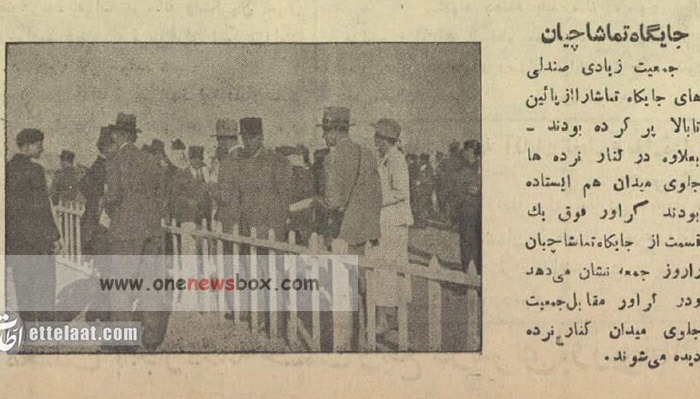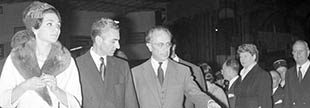To the west of the park, two major national institutions were founded: the Tehran Museum of Contemporary Art and the Iranian Carpet Museum. Both museums, inaugurated in the late 1970s, are now considered among the most important cultural institutions in Iran. The Museum of Contemporary Art houses works by both Iranian artists and global icons such as Picasso, Warhol, and Rothko, and is situated adjacent to the lush greenery of the park. The Carpet Museum, meanwhile, showcases one of the most prized aspects of Iran’s material heritage—its centuries-old weaving tradition.
The park also became home to several public sculptures, most notably the statue of Omar Khayyam, created in 1972 by the renowned Iranian sculptor Abolhassan Seddiqi in Italy. Upon its return to Iran, the statue was installed in the park and has since been preserved and restored, most recently by Seddiqi’s son, Fereydoun Seddiqi. Another famed sculpture in the park is that of Abu Rayhan Biruni, the polymath of the Islamic Golden Age, which symbolizes the park’s dedication to intellectual and scientific legacy.
Park Layout and Design: Where Nature Meets Recreation
Covering 35 hectares, Laleh Park is rich with a diverse array of plant species, most notably plane trees, acacias, and pines. These towering trees not only provide a canopy of shade during Tehran’s hot summers but also give the park its aesthetic depth and ecological variety.
The southern sector of the park is styled in the Japanese garden tradition, with meandering paths, artificial streams, and rock gardens that provide a sense of tranquility and harmony. This part of the park remains one of the most peaceful retreats in the busy capital.

